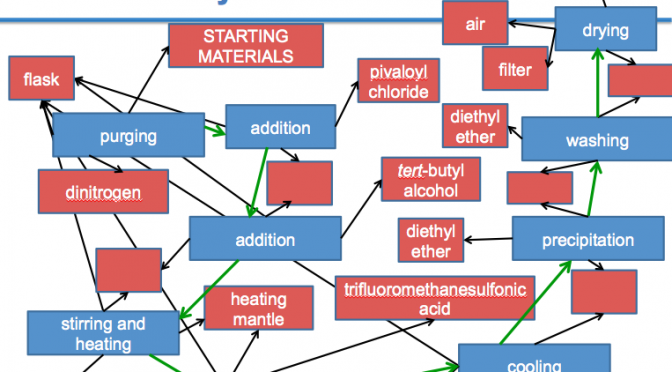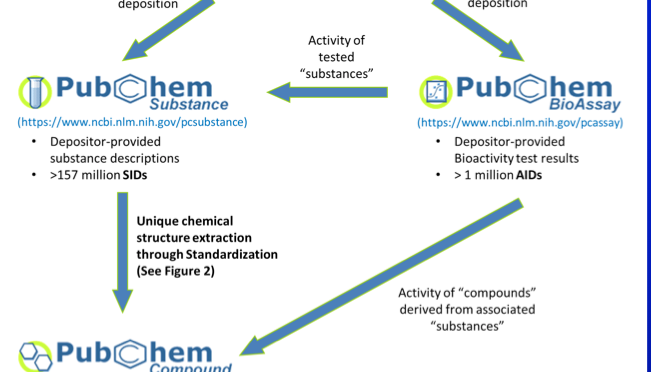The links below provide access to risk assessment presentations and tools for teaching laboratories and chemistry demonstrations presented at the 2016 Biennial Conference on Chemical Education (BCCE). The presentations were made by Ralph Stuart of Keene State College and Sammye Sigmann of Appalachian State University. These documents are still in development and they would appreciate questions and comments about ways to improve them.
Presentation on Hazard and Risk Assessment for Chemical Demonstrations
Samuella B. Sigmann, NRCC-CHO Appalachian State University
Irene Cesa Flinn Scientific (ret.) and
Monique Wilham University of Michigan – Flint
Presentation: Chemical Demonstrations: Assessing Hazard and Risk
Text document: Aligning risk assessment questions with ACS CHED Demonstration guidelines
Text document: Sample Risk Assessment for the “Elephant’s Toothpaste” demonstration
Presentation on Meeting New Chemical Safety Expectations in Instructional Laboratories
- Lab Risk Assessment Workshop Presentation 1:
Lab culture and risk assessment (pdf) - Lab Risk Assessment Workshop Presentation 2:
Risk assessment tools (pdf) - Lab Risk Assessment Workshop Presentation 3:
Developing and Sharing Lessons Learned (pdf) - Lab Risk Assessment Workshop Presentation 4:
Electronic Chemical Safety Information and Safety Culture (pdf)








